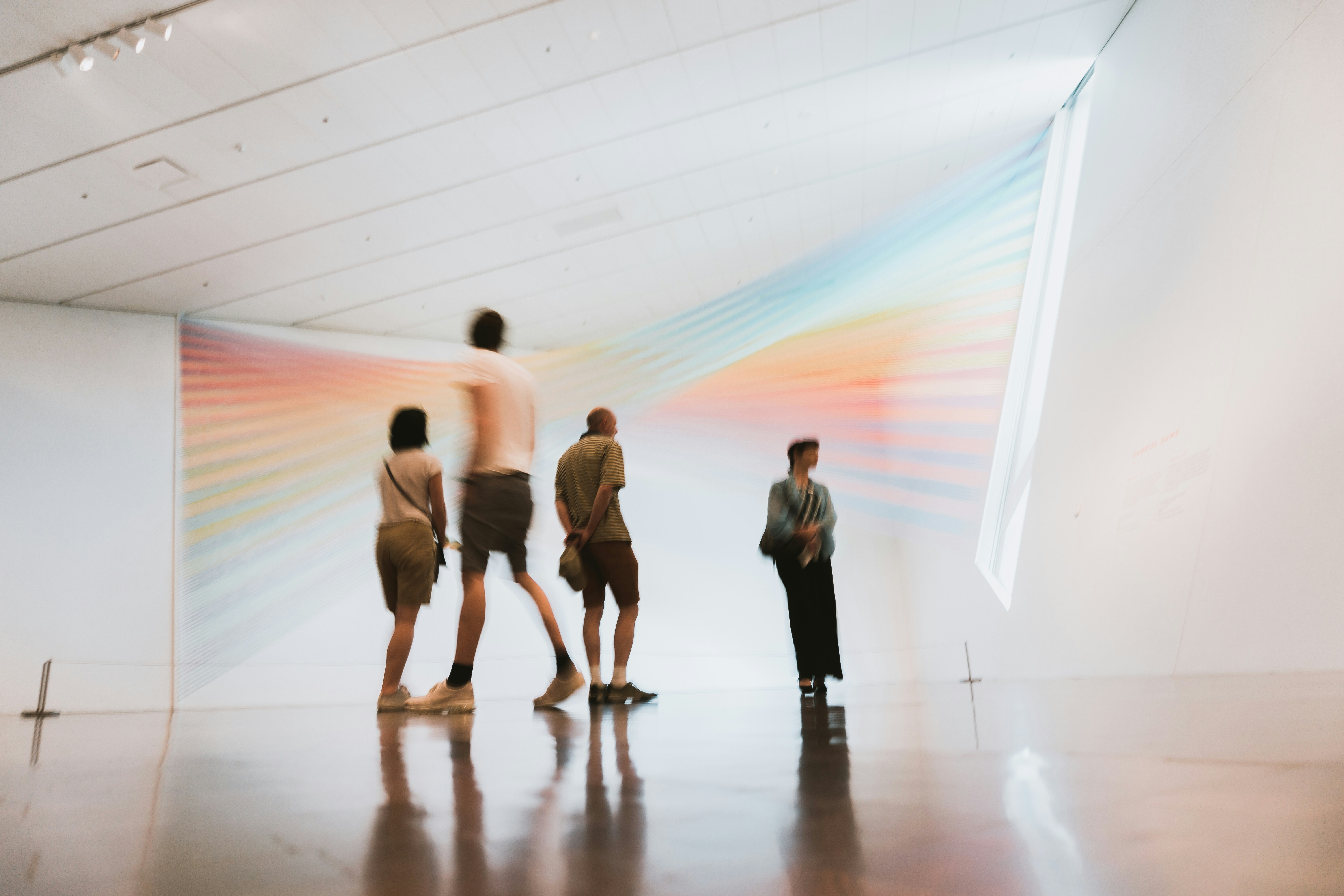In times of war and massive upheaval, it is often the youth that leads the charge toward radical change. One of the exhibits that was on display at the Hammer Museum from February 11 until May 12, 2024, “Only the Young: Experimental Art in Korea, 1960s-1970s,” is a prime example of young people pursuing change and coping with the ramifications of war-torn society.
The young artists who created this exhibit were raised in Korea during the Korean War and did not reach maturity until after the war had ended. The Korean War is often referred to as the “Forgotten War” in the United States due to the lack of media attention it received despite the millions of soldiers and civilians who lost their lives. This tragedy was the framework within which these artists were raised, and it shaped the lens through which they saw the world.
Along with the wartime lifestyle that shaped their adolescence, the aftermath of the war brought with it an upheaval of its own that proved just as influential as the war itself. The sweeping shift in social, political, and economic conditions of the newly established Republic of Korea inspired these artists to incorporate these changes into their art.
They found inspiration in the world around them, utilizing materials and commonplace images to create physical expressions of this new, urban landscape. The artists used common materials such as plastic and lightbulbs. Artist Kang Kukjin used neon lighting to capture the visual elements of modern settings.
It makes sense for these artists to gather pieces of a world changing just as rapidly as their own lives in an attempt to create something cohesive and stable. They expressed their artistry through a literal molding of the modern world.
Along with charting the rapidly changing conditions of post-war Korea, these artists also helped pioneer a massive shift in the landscape of Korean art. The previous generation of Korean artists had been limited to the Western-influenced style of abstract art called Informel, typically taking the form of oil paintings. This exhibit introduces “the early Experimental artist groups formed in the 1960s, who aimed to reject the existing art establishment in Korea and to develop a new visual language,” said Kyung An, the Associate Curator of Asian Art at The Guggenheim Museum and organizer of this exhibition when it was on display at the museum from last September to early January of this year.
The exhibit conjures up feelings of whimsy and fantasy despite the underlying message of coping with a grim war. Some of the most memorable displays were a giant pair of pink, plastic lips and a series of images depicting artist Sung Neung Kyung biting into an apple. These pieces evoke a childlike wonder in the observer while encouraging deeper thinking into its meaning.
The childlike elements of the exhibit as a whole paired with the title, “Only the Young,” made the exhibit feel as though it was a visual display of coping with a wartime childhood followed by adulthood within a rapidly changing world. The artists experienced a coming-of-age story tarnished by war and may feel drawn to whimsy as a representation of the childhood they missed out on.
The exhibit manages to incorporate Korean culture and tell the story of a largely ignored piece of Korean history, while simultaneously redefining cultural limits with artistic genre. “Only the Young” is a physical display of the craving for change and radical action that seems an inherent characteristic of youth, especially in times of national turmoil. This group of young artists chose art as their form of revolution.
Visual Credit: Ian Dooley on Unsplash

Comments are closed.